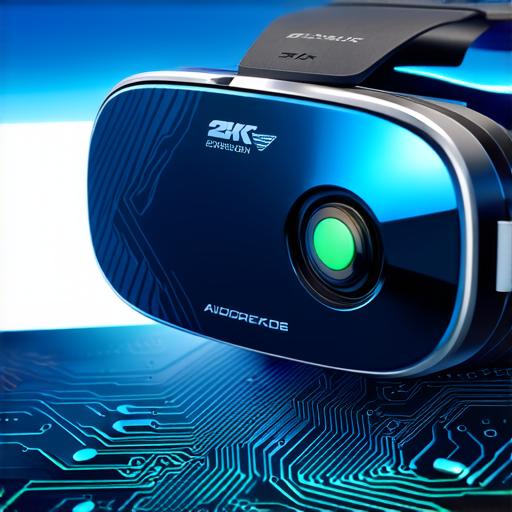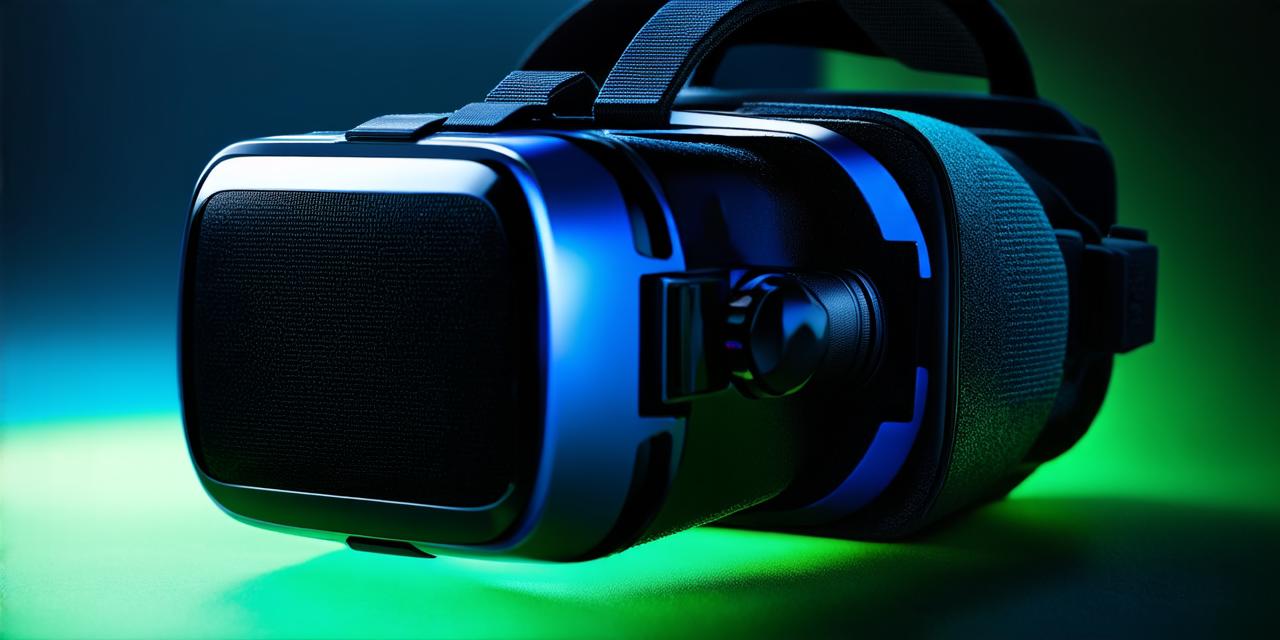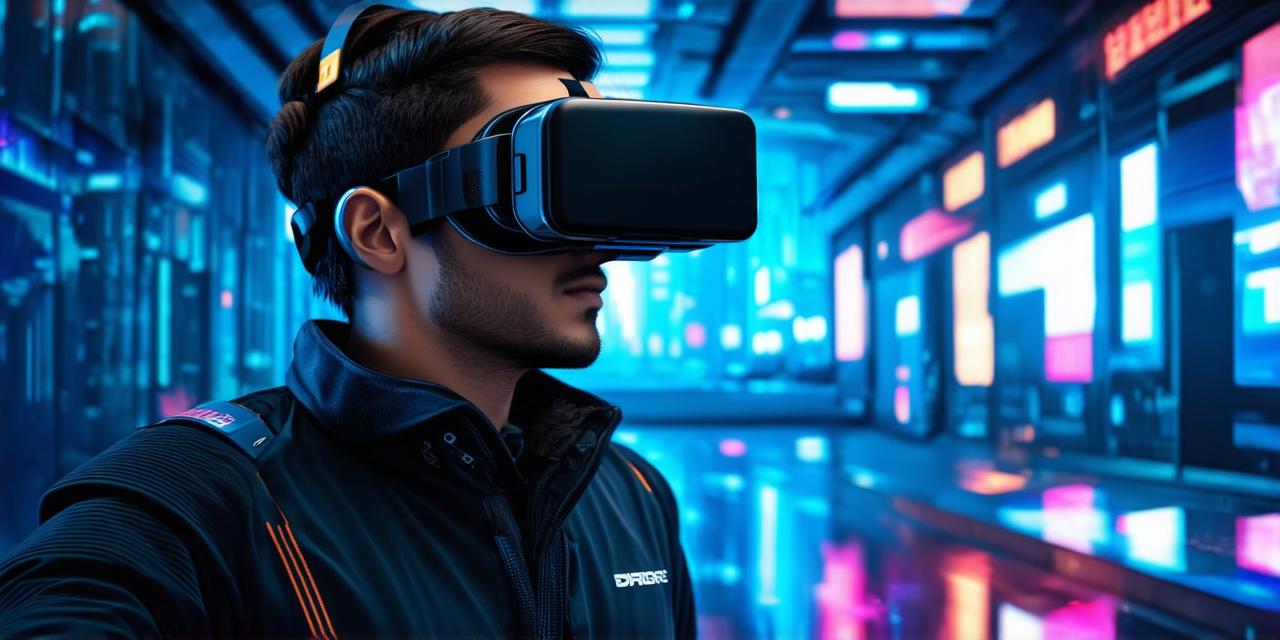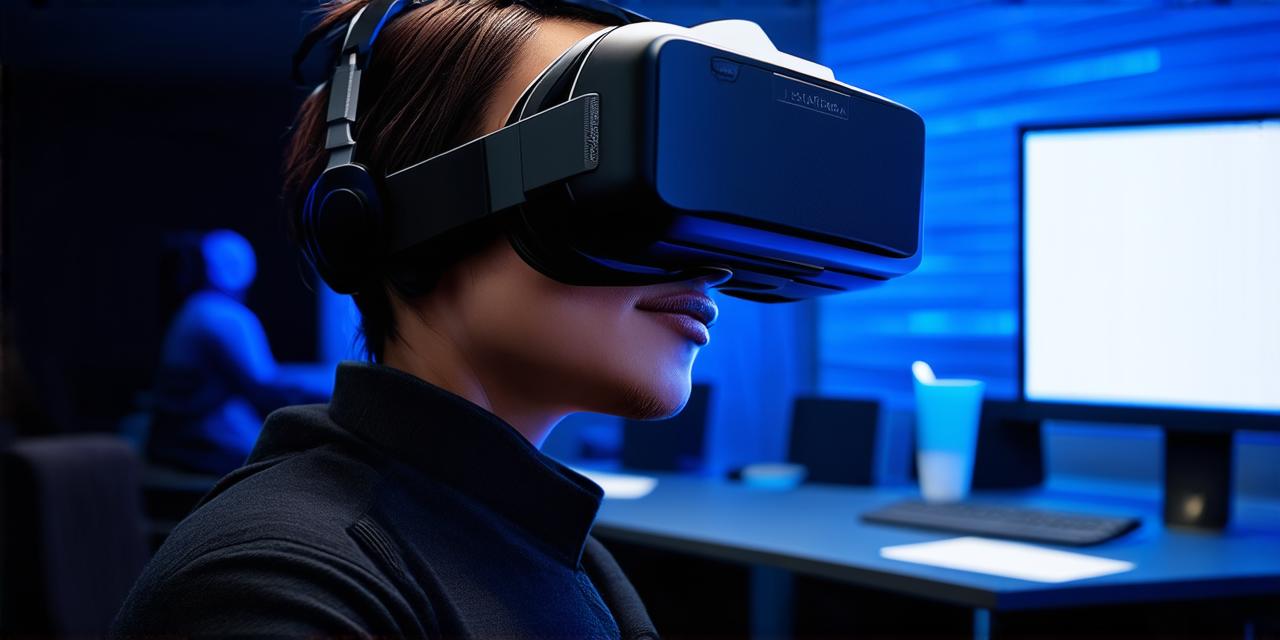Frame rate is an essential aspect of virtual reality (VR) technology that affects the user’s experience. In VR headsets, frame rate refers to the number of images displayed per second on the screen, measured in frames per second (fps). As an AR developer, it’s crucial to understand how frame rate works and how it affects your VR projects.
Why Frame Rate Matters in VR Headsets?

Frame rate is a critical aspect of VR technology that can significantly affect the user’s experience. Higher frame rates result in smoother and more immersive visuals, which can lead to better performance and an overall improved experience for users. On the other hand, lower frame rates can cause motion sickness, lag, and a lack of realism, leading to a negative experience.
Tips for Optimizing Frame Rate in VR Headsets
-
Use Low-Poly Models: One way to optimize frame rate is by using low-poly models. Low-poly models are simpler and require fewer resources, which can improve performance on lower-end hardware. Additionally, low-poly models can help reduce the number of polygons displayed on the screen, which in turn can improve frame rate.
-
Optimize Textures: Textures are another important aspect of VR development that can affect frame rate. Using high-quality textures can slow down performance and reduce frame rates. Therefore, it’s essential to optimize textures for VR headsets by using smaller resolutions or compressed formats like PNG or JPG.
-
Reduce Object Count: The number of objects displayed on the screen can also affect frame rate. Reducing the number of objects in a scene can improve performance and increase frame rates.
-
Minimize Draw Calls: A draw call is a process where the graphics processor (GPU) sends instructions to the CPU to render an object. Reducing the number of draw calls can significantly improve performance and increase frame rates.
-
Use Asynchronous Loading: Asynchronous loading allows your application to load resources in the background, which can improve frame rate by reducing the time required for resources to load before they are needed.
-
Optimize Rendering Pipeline: The rendering pipeline is the process of rendering objects on the screen. Optimizing the rendering pipeline can significantly improve performance and increase frame rates. This includes using shader techniques like instancing, LOD, and occlusion culling.
Case Study: Google Daydream’s Frame Rate
Google Daydream is a VR headset developed by Google. It was released in 2016 and runs on the Qualcomm Snapdragon 825 processor with an Adreno 535 GPU. The Daydream has a screen resolution of 720 x 1440 pixels per inch, with a refresh rate of 90 Hz.
To optimize frame rate in the Daydream, developers can use low-poly models, optimize textures, reduce object count, minimize draw calls, use asynchronous loading, and optimize rendering pipelines. Additionally, developers can use techniques like culling to remove objects from the scene that are not visible to the user, which can improve performance and increase frame rates.
Personal Experience: The Importance of Frame Rate in VR Development
As an AR developer, I have worked on several VR projects, including a virtual reality escape room game. In this game, we used low-poly models, optimized textures, reduced object count, and minimized draw calls to improve performance and increase frame rates. We also used asynchronous loading to load resources in the background, which improved user experience by reducing wait times for new objects to appear on the screen.
Conclusion: Frame Rate Matters in VR Headsets
Frame rate is an essential aspect of VR technology that can significantly affect the user’s experience. As AR developers, we need to consider frame rate when developing applications for VR headsets. By using low-poly models, optimizing textures, reducing object count, minimizing draw calls, using asynchronous loading, and optimizing rendering pipelines, we can improve performance and increase frame rates.
FAQs
What is frame rate in VR headsets?
Frame rate in VR headsets refers to the number of images displayed per second on the screen, measured in frames per second (fps).
How does frame rate affect the user’s experience?
Higher frame rates result in smoother and more immersive visuals, which can lead to better performance and an overall improved experience for users. Lower frame rates can cause motion sickness, lag, and a lack of realism, leading to a negative experience.
What are some tips for optimizing frame rate in VR headsets?
Using low-poly models, optimizing textures, reducing object count, minimizing draw calls, using asynchronous loading, and optimizing rendering pipelines are all ways to optimize frame rate in VR headsets.




